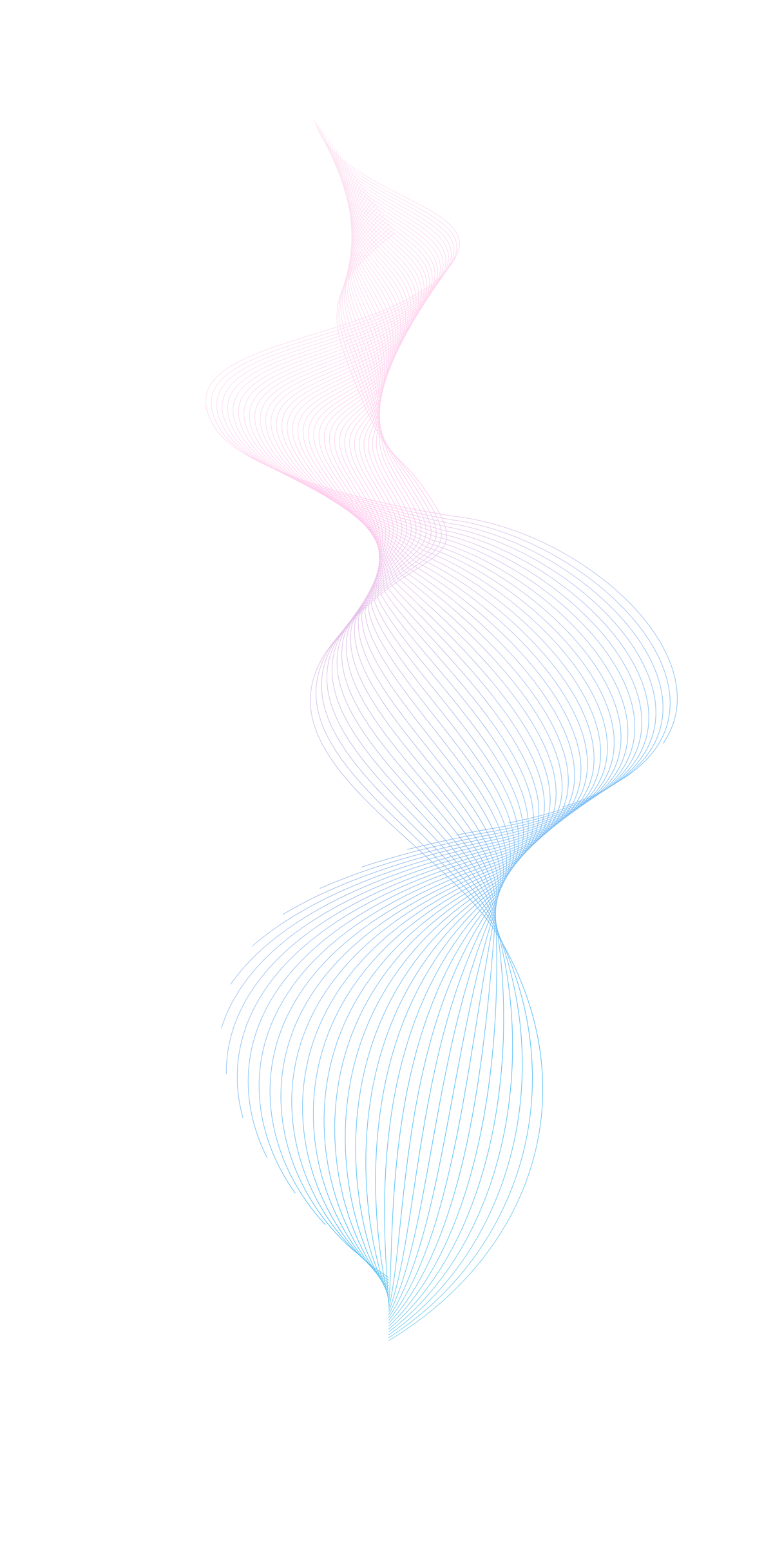Naturally produced by microbes fed with seaweed.
HOW IT’s made
Our materials, known as PHAs, are produced inside fermenters. It’s like brewing beer, but we’re brewing an alternative to plastic! The process can be divided into 4 steps:
1. Cook seaweed. Extract sugars from seaweed using special enzymes.
2. Ferment PHAs. Feed seaweed sugars to PHA-producing microbes.
3. Extract PHAs. Remove PHAs from inside the microbes.
4. Make pellets. Melt the PHAs to make pellets ready for product manufacturing.
1. Cook Seaweed
Firstly, we ‘hydrolyse’ our seaweed (it’s a fancy word for, essentially, cooking it). We use special enzymes to break down the seaweed carbohydrates into fermentable sugars.
We then separate the sugary liquid from the remaining seaweed material. Amazingly, the leftover seaweed contains about 50 per cent protein! It gives us an additional, valuable product for sale into feed and food markets.
2. Ferment PHAs
Next, we feed the seaweed liquid to special microbes capable of growing PHAs inside them as white ‘nurdles’. PHAs are their energy storage so it’s kind of like their fat.
Uluu’s microbes grow in salt water. This makes them extra good for seaweed (which is 90 per cent salt water). It also reduces the risk of contamination and time for sterilisation because few other microbes can grow in such salty conditions.
3. Extract PHAs
When our saltwater microbes are ‘fat’ enough with PHAs, we submerse them in freshwater, which bursts their cells open. This allows us to extract the PHAs from their cells.
This extraction technique is unique and doesn’t need solvents, which often create toxic hazardous waste streams and can be very expensive.
4. MAKE Pellets
Finally, with our PHAs dried into a powder, we turn them into pellets ready for manufacturing.
This is done by melting the PHAs with small amounts of natural ingredients that tweak their properties for different applications, including packaging and fabrics. Importantly, the pellets are ready to be used with existing plastic manufacturing equipment.
Seaweed hero
We can produce Uluu with any kind of seaweed, including the handful of species already farmed at scale around the world.
After analysing more than 40 seaweed samples from farms in Indonesia, the Philippines, China, South Africa and Australia, we decided to start production with a red seaweed called Gracilaria. This is farmed at scale in Indonesia, the world’s second largest seaweed producer, after China.
We recently established SeaSae, an Indonesian organisation working closely with farming cooperatives to scale traceable seaweed supply chains and in-country processing.






